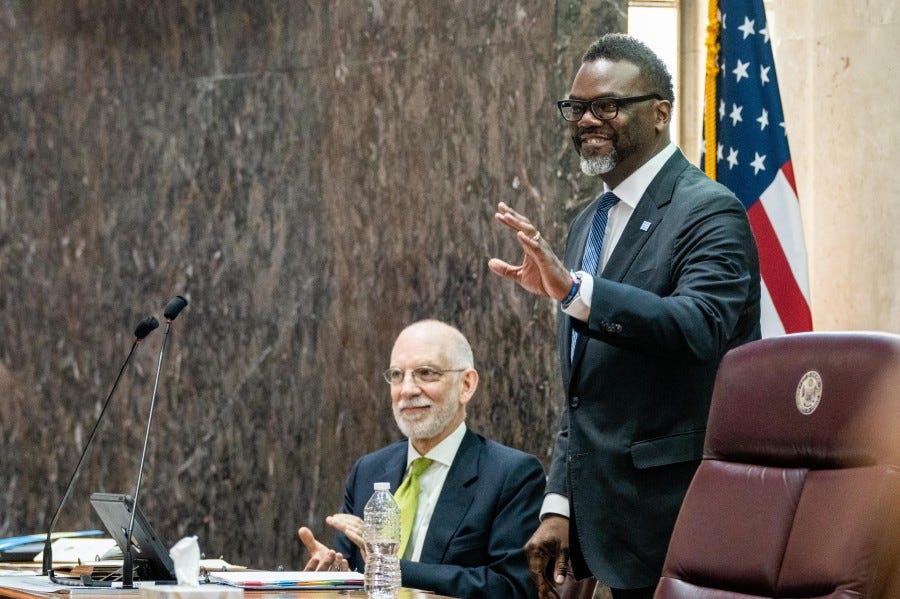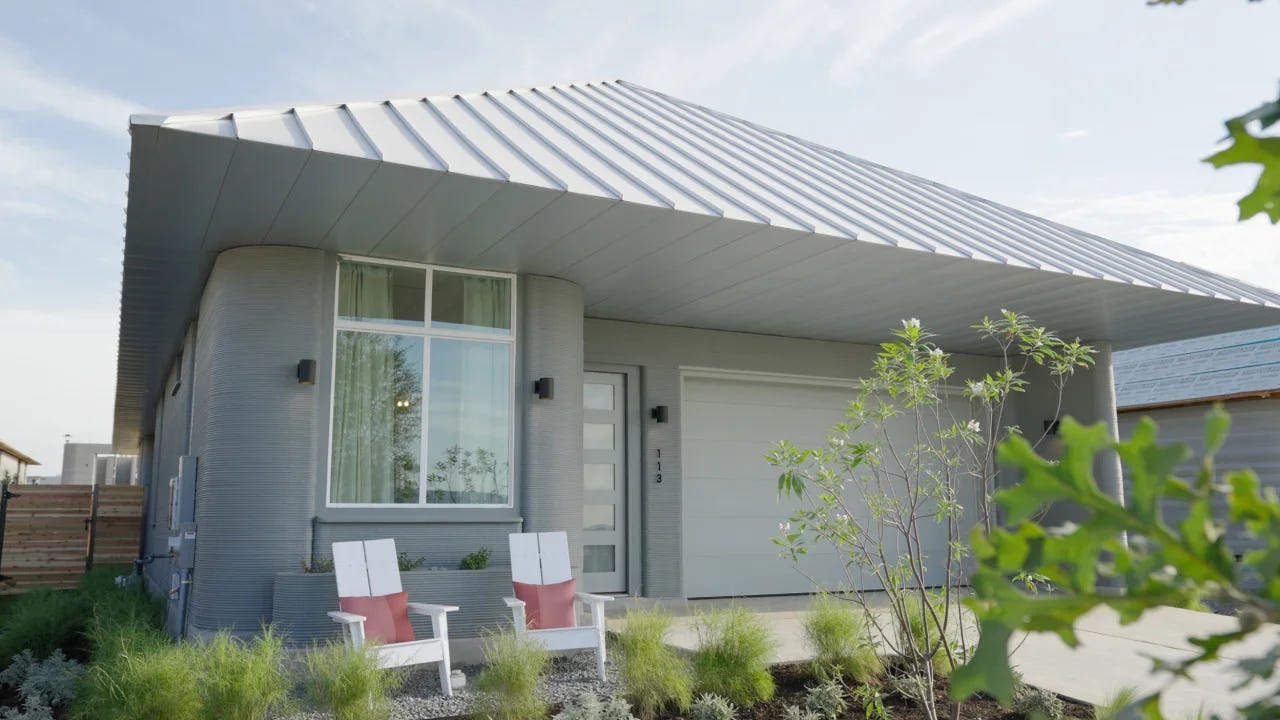Chicago's migrant crisis represents an incredible opportunity
The mayor and city council should look for the solution in technology
In nearly every discussion about asylum-seekers -in and outside of City Hall-there are a handful of universal agreements. The first is the presence of more than 10,000 asylum-seekers represents a crisis for Chicago’s budget; secondly there is no reliable prediction of how many more migrants will be bussed here; finally, locating suitable shelter for the migrants is the most arduous challenge of Mayor Brandon Johnson’s young administration.

City council and mayor should consider 3-D printed houses for migrants and the future of Chicago housing
The council must inject its own thoughts into the process of housing migrants
Mayor Brandon Johnson is eyeing a series of base camps comprised of weather-proof tents to house the burgeoning number of migrants being bussed here by Texas Gov. Greg Abbott. The Chicago City Council, for the most part has been mum, on the issue; even though the mayor has asked them for potential sites for tents in their wards.
Now, however, is the time for both branches to at least try to work together toward a solution. One possible remedy I have heard nothing about it is 3-D printed houses, or a 3-D printed subdivision. To date, most discussions - in and outside of the tech community have been limited to printing small objects, as well as guns. However, in 2014 there were news reports of a subdivision of homes in a Chinese province that were 3-D printed. The hook on that story was 10 houses were printed in 24 hours. Siince then, there has been an eruption of 3D-printed houses around the world. In the U.S. they are particularly popular in Texas, ironically.
3-D printed houses are constructed of a special type of cement, meaning that they are far more durable, in fact permanent, than the tents Johnson is considering placing thousands of migrants in across the city.
Additionally, 3-D printed houses have the ability to be the genesis for a subdivision of small houses. These houses also will allow migrants to have a shred of privacy and dignity that these crowded tent camps simply will not provide. These houses also will help maintain the family structure with members staying in a house together, as opposed to the reality of being scattered throughout camps-even if it is in the same tent. Another critical element is they are cost effective.
The city’s financial team, along with the Inspector General’s office need to conduct a detailed costs analysis of housing migrants in 3D-printed houses. With those parties involved the council and Johnson Administration should have an accurate assessment of what using 3D printing will cost. We know already that the costs of the basic house can be as low as $20,000 before HVAC and electrical lines are factored in.
That analysis must look at the reality that the tents will be mothballed after certain period. However, when we talk about 3D-printed housing, we know that after the migrant housing crisis is settled, the houses will be available for selling or renting, and the revenue will be the city’s.
Expect union pushback
A plan to print houses using 3-D technology is likely to get an enormous amount of union pushback. Those in the trades are likely to vociferously complain the plan is taking work from their members. This will be the toughest challenge Mayor Johnson has faced to date. Union-backing helped him squeeze past Paul Vallas in the general election. With a 3-D printed migrant housing plan, the mayor will have to convince cohort of the emergency nature of housing, a one-time cost benefit that the union can’t compete with, and the altruistic motive that he is doing what is best for Chicago.
Before any discussions start over this initiative, the mayor’s office and the city council must be in lockstep regarding what kind of inducements will be offered the unions for their support. Being able to successfully develop a 3D-printed housing stock and simultaneously eliminating the migrant housing crisis will cement Johnson’s and this council’s collective legacy for eons.










This is really an interesting idea!